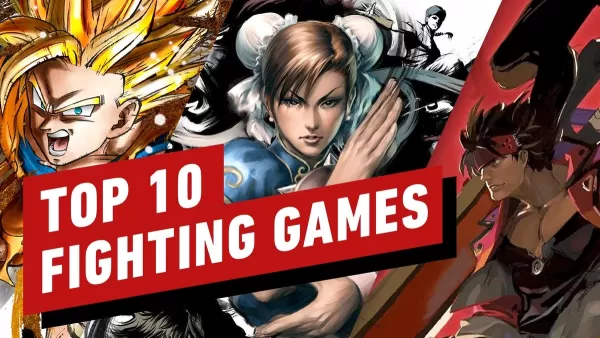Several weeks back, Microsoft implemented price increases across its entire Xbox Series console lineup and numerous accessories worldwide, while confirming some holiday season game releases would carry an $80 price tag. Shortly prior, PlayStation announced similar console price adjustments in select markets, and Nintendo had increased Switch accessory costs while revealing its inaugural $80 game title.
The tariff-driven pricing adjustments have officially taken effect, and tracking these numerous industry-wide increases through scattered news updates creates a somewhat disorienting experience. To provide clarity following Xbox's announcement, I consulted several industry analysts regarding these market shifts, potential gaming expenditure impacts in the coming year, and whether these developments signal trouble for the industry. The positive takeaway: no major gaming platforms face existential threats.
However, the concerning reality remains - players should prepare for significantly higher gaming costs across the board.
Understanding the Pricing Surge
My initial question to analysts was fundamental: what triggered Microsoft's substantial and immediate pricing adjustments? The unanimous response centered on tariffs - specifically the fluctuating trade policies under the U.S. administration, combined with rising production expenses.
"With Xbox consoles manufactured in Asia, these price adjustments were inevitable," noted Dr. Serkan Toto of Kantan Games, who added that Microsoft strategically leveraged current economic conditions to implement global increases simultaneously rather than gradual regional adjustments.
Joost van Dreunen, NYU Stern professor and author of the SuperJoost Playlist newsletter, concurred: "Microsoft opted for a singular, comprehensive pricing realignment rather than piecemeal adjustments. This approach consolidates consumer reaction into a single news cycle while maintaining competitive positioning in an increasingly service-oriented market where hardware serves primarily as an access point."
Additional analysts highlighted how Microsoft's aggressive timeline allowed partners to adapt and consumers to adjust expectations before the critical holiday season. Rhys Elliott of Alinea Analytics observed that while digital content remains tariff-free, increased software pricing helps balance rising hardware production costs.
Industry analysts emphasized multiple contributing factors beyond tariffs, including inflation, supply chain challenges, and competitive positioning. Piers Harding-Rolls from Ampere Analytics noted: "The recent PlayStation price adjustments and anticipated Switch 2 pricing created favorable conditions for Microsoft's moves. Even with significant percentage increases, Xbox maintains notable price advantages in key markets."
Competitive Implications and Consumer Impact
The looming question: will PlayStation follow with similar pricing adjustments? Analyst consensus suggests strong likelihood, particularly regarding premium game pricing.
"This represents just the beginning," Elliott predicted. "With both Nintendo and Xbox establishing $80 game pricing, the floodgates open for widespread adoption. Market data confirms substantial consumer willingness to pay premium prices for early access and special editions."
Daniel Ahmad of Niko Partners noted PlayStation has already implemented regional price increases outside the U.S., suggesting America may be next: "While both Sony and Microsoft have hesitated regarding U.S. pricing given the market's significance, we anticipate potential PS5 adjustments following Xbox's lead."
Market Resilience and Spending Shifts
Despite concerns about affordability, analysts maintain the industry will absorb these changes. Multiple experts referenced Microsoft's ongoing transition toward service-based models as strategic positioning for these market conditions.
"While hardware sales may decline, service revenues should compensate," Harding-Rolls observed. "The anticipated 2026 GTA 6 launch will provide substantial market stimulation regardless of pricing environments."
Analysts project stable overall gaming expenditure with potential spending redistribution:
"Consumers may become more selective, allocating funds toward subscriptions, discounted bundles, or established live-service titles rather than full-priced individual releases," noted Manu Rosier of Newzoo. "Total spending could remain consistent while distribution across formats evolves."
Regional variations will likely emerge, with the U.S. potentially experiencing more pronounced impacts due to its position as the largest console market and primary tariff source. Emerging markets may demonstrate stronger resilience, particularly in regions like India and Southeast Asia.
As Mat Piscatella of Circana summarized: "Current market uncertainties make precise forecasting exceptionally challenging. Consumers may increasingly gravitate toward free-to-play titles and existing game libraries as discretionary budgets tighten across all entertainment categories. The forecasting error margins have never been wider given present economic volatility."









